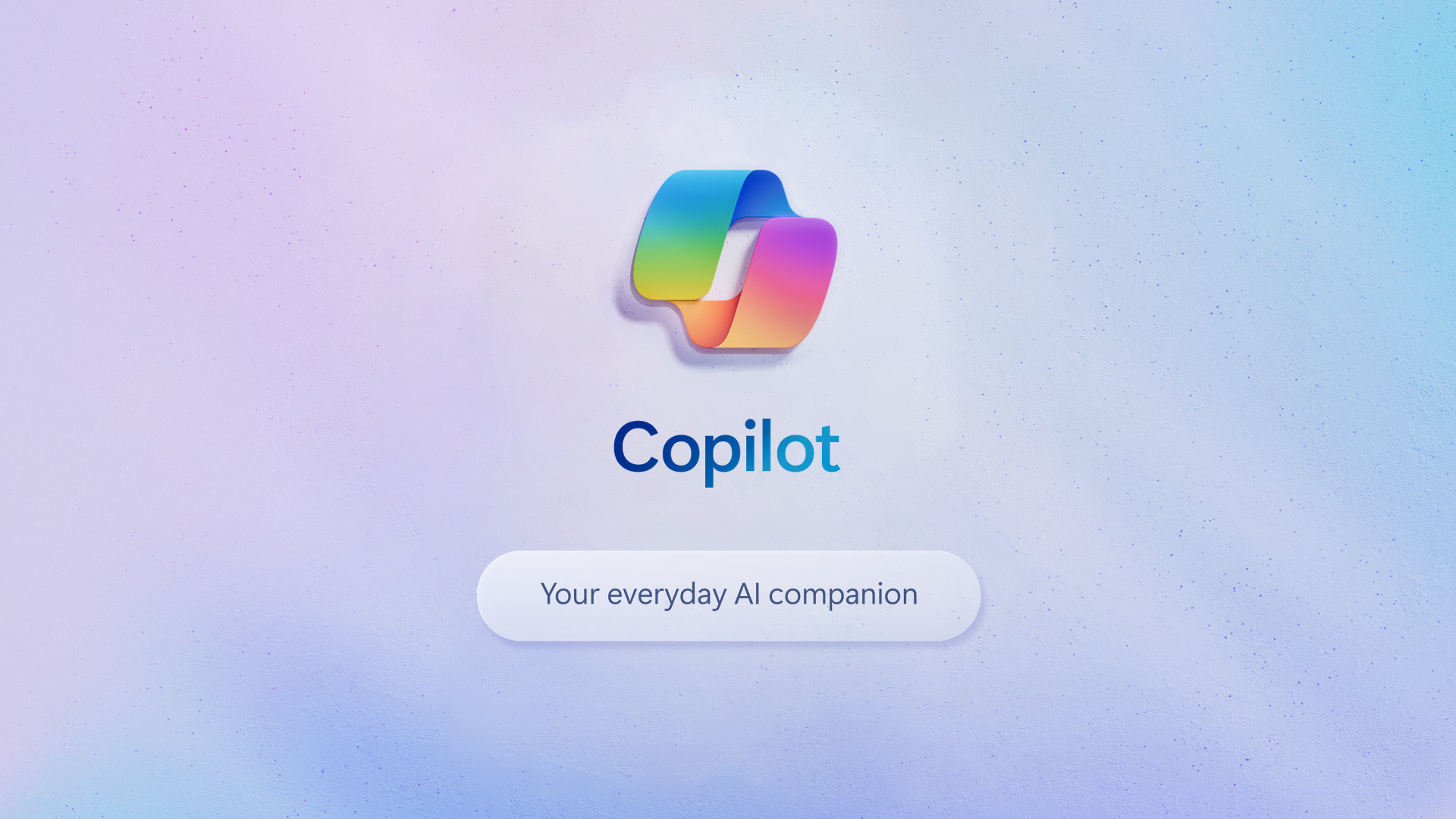As an IT Manager, one of your most important and challenging annual tasks is to create an IT Strategy for your business. While it might be your tenth time creating one, or it could be your very first, make sure you aren’t missing any key components.
In this article, we’ll discuss 8 different components that are key for your IT Strategy and the essential elements that make a successful IT strategic plan.
• What components should you include in an IT Strategy Plan?
• What makes a successful IT Strategy?







